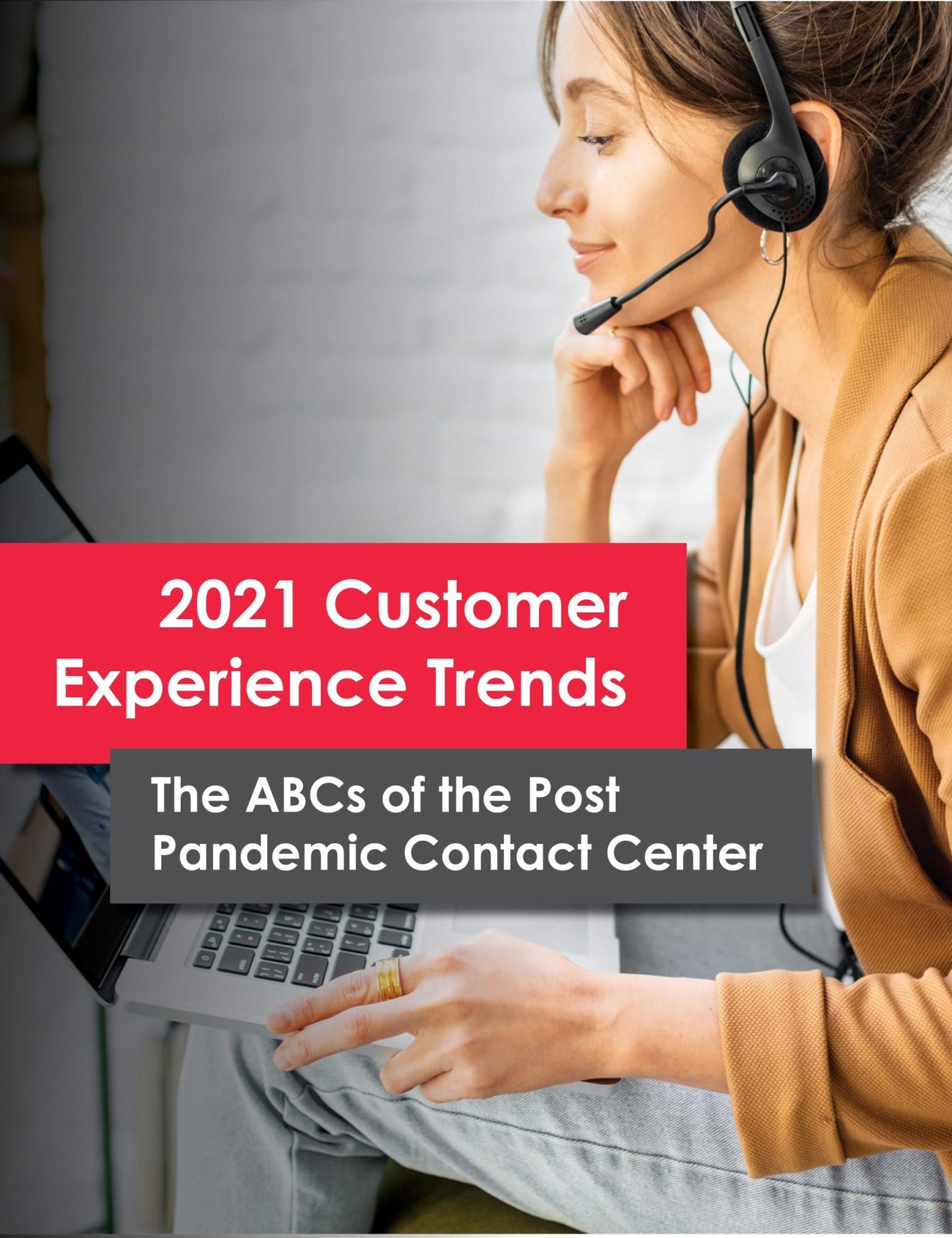The influx of calls to contact centers during the pandemic was/is staggering. To put some perspective on the impact to people’s lives, here’s part of a transcript from a 60 Minutes piece looking at how COVID-19 affected unemployment:

Two weeks ago, Kaitlyn Reynolds was a vice president of a firm that organizes business conferences. She filed for unemployment online but discovered her last step, in New York, is a mandatory phone call.

Unfortunately, this situation was not unique as millions of Americans struggled during the pandemic to connect with banks, insurance companies, hospitals, and other crucial services. Telling people to call back or sending out a notification that “wait times may be longer than usual” is simply not good enough anymore. Organizations and businesses must turn to new forms of self-service and AI to assist remote agents and elevate CX whether it’s during a crisis or after the smoke has cleared.
Last year, we looked at how companies are spending more on AI but are lacking in strategic uses [need link] for this powerful tool. The pandemic has amplified the need for AI as a frontline tool for contact centers to handle large volumes of interactions. One of the largest AI providers, IBM Watson, saw a 40% increase in traffic from February to April 2020. That’s because AI tools like chatbots and advanced conversational IVRs are highly sophisticated, yet simple to implement and can quickly search extensive knowledge bases and provide answers to even complex queries. In one such case, Bright Pattern helped a multi-state retail chain triage over 50% of their call volume using a conversational IVR.
We foresee major growth of AI and newer forms of self-service in CX, as it will continue to advance over time and reduce workloads for agents well after the pandemic is in the rear view mirror.
Keep up with the hottest trends in CX. Check out Bright Pattern’s full guide “2021 Customer Experience Trends: The ABCs of the Post Pandemic Contact Center”




